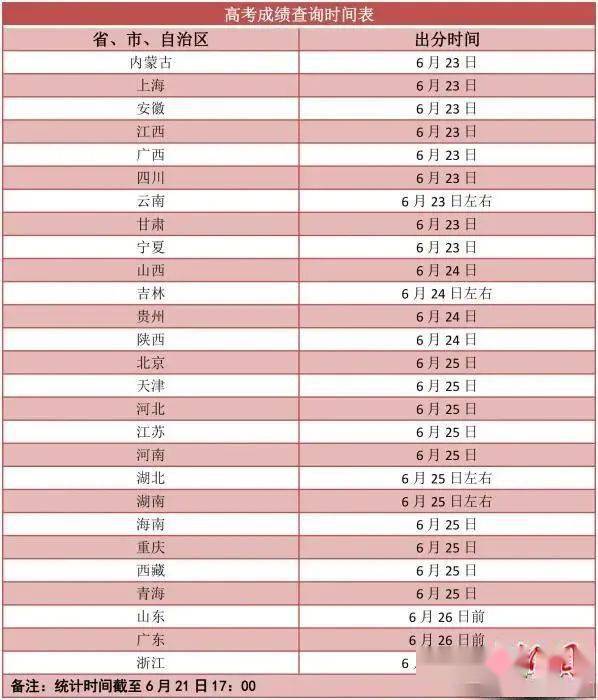According to Ukraine, Russia has deployed 46 tactical battalions – or about 105,000 troops – along the border with Ukraine and in Crimea.
Russia in response?
Russian Defense Minister Sergei Shoigu was quoted by Russian media on April 13 as saying that Moscow was taking measures in response to a threatening military action by the North Atlantic Treaty Organization (NATO), in which has combat readiness testing and training.
The Russian Defense Minister stated clearly, NATO is planning to deploy 40,000 troops and 15,000 weapons and military equipment near the Russian border, including the strategic air force. Mr. Shoigu further announced that the US is moving part of its North American garrison to Europe, which is mainly concentrated in the area near the Black Sea and Baltic Sea.

Russian Defense Minister Sergei Shoigu
Shoigu, the TASS news agency, accused the US of increasing forces in Poland and the Baltic countries, and increasing the frequency of air and sea reconnaissance activities. He asserted that on European territory, NATO annually conducts about 40 large-scale combat training operations against Russia. This spring, NATO launched its largest-scale military exercise in the past 30 years, titled Defender Europe 2021 (Defender Europe 2021).
Mr. Shoigu stressed that Russia is taking measures to respond to NATO’s threatening military activities. The combined Russian large-scale airborne and joint military exercises have demonstrated the ability to be ready to fight to protect the country’s security.
Also on April 13, NATO Secretary-General Jens Stoltenberg urged Russia to withdraw troops that the alliance thinks Moscow is deploying on a large scale on the border with Ukraine. Speaking at a press conference to Ukraine’s Foreign Minister Dmytro Kuleba, Mr. Stoltenberg said: “In recent weeks Russia has dispatched thousands of troops ready to operate in Ukraine’s border areas. This is the largest troop surge since Russia’s annexation of Crimea in 2014 … Russia must end this military build-up in and around Ukraine, immediately stop provocations and go downstairs. “.

US troops in NATO are deployed to Poland
A day earlier, Mr. Stoltenberg had a meeting with US Secretary of State Antony Blinken to discuss “Russia’s move to strengthen the army near the Ukrainian border”. According to a statement by the US State Department, Secretary of State Blinken and Secretary General Stoltenberg discussed an urgent request for Russia to stop its military build-up along the border areas of Ukraine and the Crimean peninsula.
President Vladimir Putin has also voiced denunciation of NATO conducting exercises on the Russian border and America’s intention to expand its influence over former Soviet members. In April, up to 5 out of 10 NATO exercises will be held in member states in the East.
NATO says it’s good …
According to Ukraine, Russia has deployed 46 tactical battalions – about 105,000 troops – along the border with Ukraine and in Crimea, and is provided with 19,000 tons of fuel and 355 tons of ammunition. Kiev urges allies not to repeat the 2014 “mistake” with events in Crimea and Donbass.
During a press conference with US and Western officials in Brussels, Ukraine’s Foreign Minister Dmytro Kuleba said: “Strategically, Russia must understand that Ukraine belongs to the world of democracies, to the Western world, and the West will not let Russia disrupt Ukraine’s democracy and sovereignty.

Ukrainian soldiers
Western analysts say that both Russia and Ukraine may be “trying” the new US President Joe Biden to see how far he is willing to go to protect Washington’s allies and confront Russia. There are also comments that Russia wants to send a message to Ukraine after Kive imposed sanctions on congressman and businessman Viktor Medvedchuk, and banned three TV channels related to Mr. Medvedchuk.
Up to this point, the West still believes that a full-blown Russian strike or a NATO-backed attack against the separatists will not happen at this time. “NATO members will not send any forces to Ukraine,” said expert Bruno Lete, a senior researcher at the German Marshall Fund – a US research agency. the term is in political messaging, military advice and technical assistance. “
Many analysts believe that NATO allies would not be willing to engage their forces in a conflict against Moscow because of the Ukraine issue, but they could strengthen other forms of assistance. On April 14, German Defense Minister Annegret Kramp-Karrenbauer said: “My impression is that the Russian side is trying to do whatever it takes to provoke a response … With Ukraine, we will not be caught up in the process. play this “.

From Crimea to Syria and most recently Nagorny-Karabakh, Russia has demonstrated its determination and unpredictable combat capabilities.
Most observers believe that the current situation will not necessarily lead to an immediate attack, but Russia’s intentions are still unclear, according to politico.eu. very worrying. The West believes that Russian President Putin wants to remain unpredictable, so there is little risk of a completely unexpected war, but there is always a risk of miscalculation or overreaction.
On the Russian side, some analysts in this country said that the outbreak was “a direct result of the internal political situation in Ukraine”. The Russian Expert newspaper assessed that Ukrainian President Volodymyr Zelensky took drastic measures such as fighting the opposition media allegedly pro-Russia, punishing billionaire Medvedchuk who allegedly has close ties to the Kremlin, or ban Russian language in schools aimed at regaining its image in the country.
Meanwhile, the World Socialist Web Site contains information proving that Ukraine, the US and the West are acting “aggressive, provocative” against Russia. Accordingly, Kiev in early March adopted a strategy to “withdraw the Crimean peninsula”. On March 25, President Zelensky also adopted a new military strategy emphasizing the urgency of mobilizing the entire population in a war against Russia in Ukraine. This strategy recognizes that Ukraine can only win with NATO support and no less than 19 mentions of its intention to join the military alliance.





























































You must log in to post a comment.